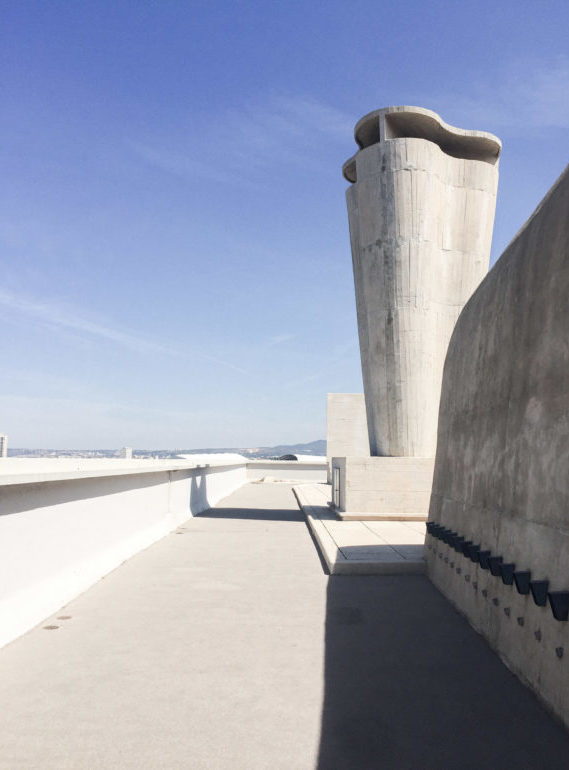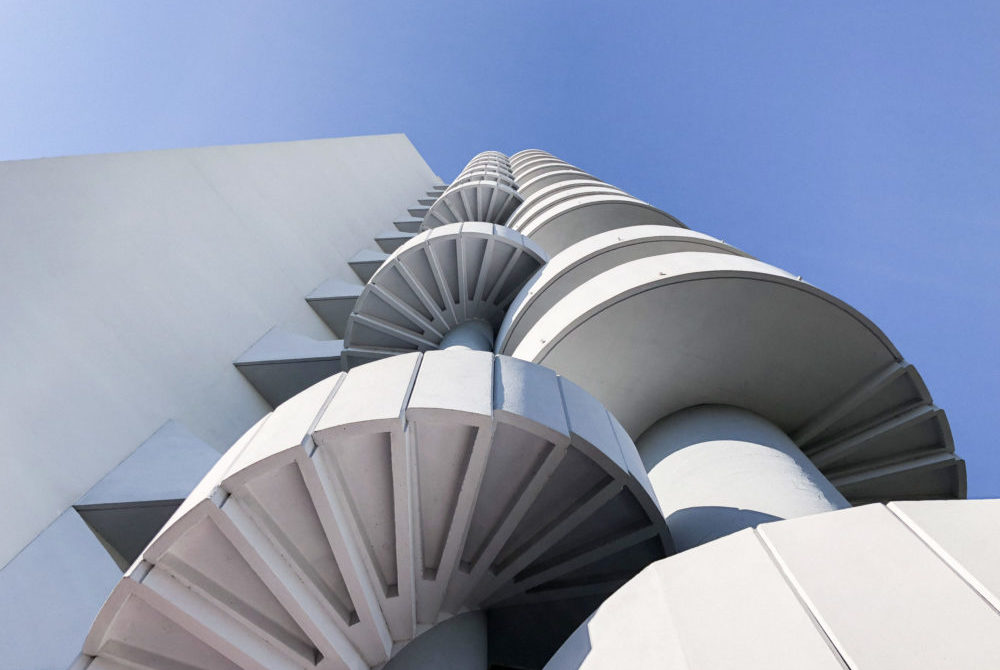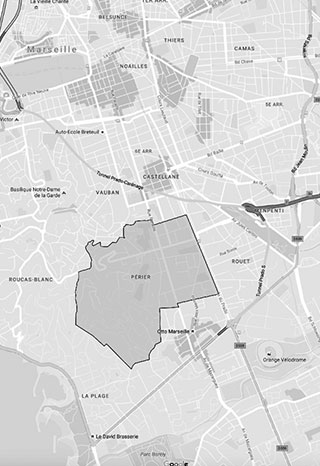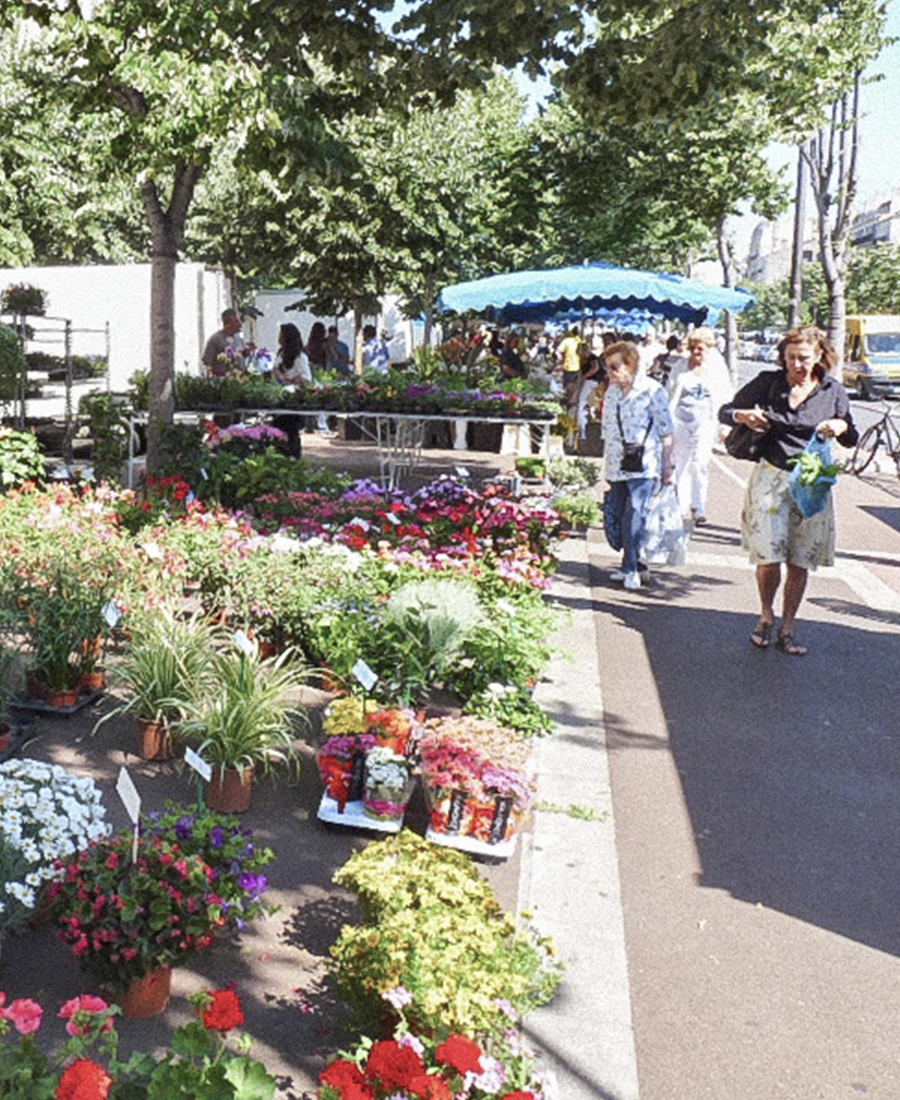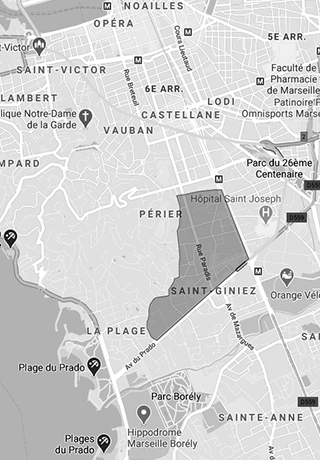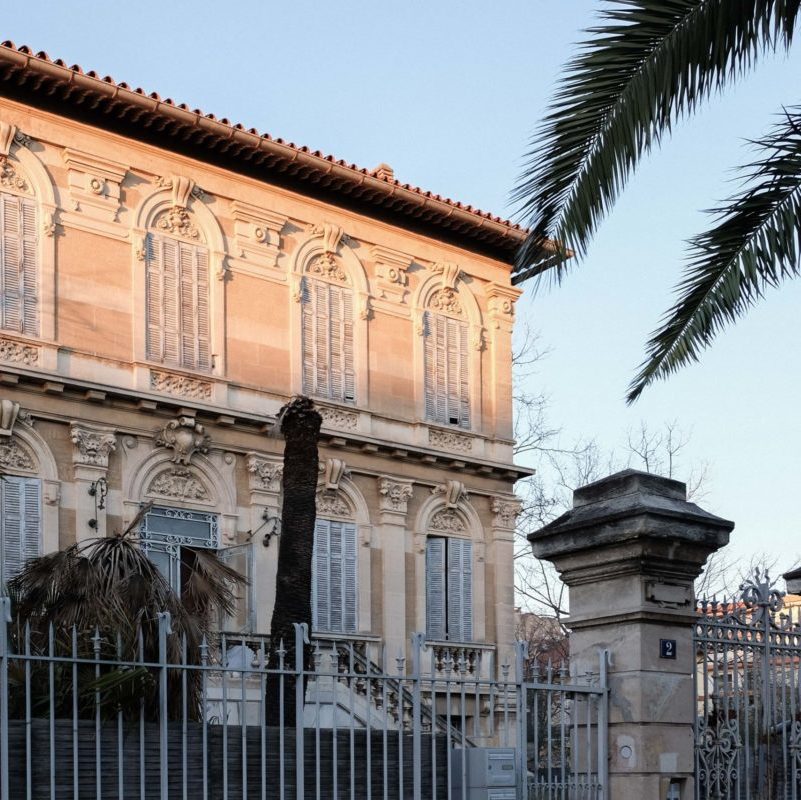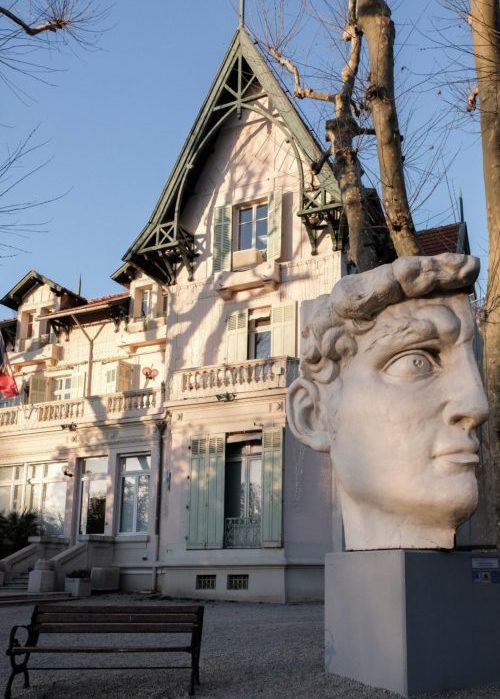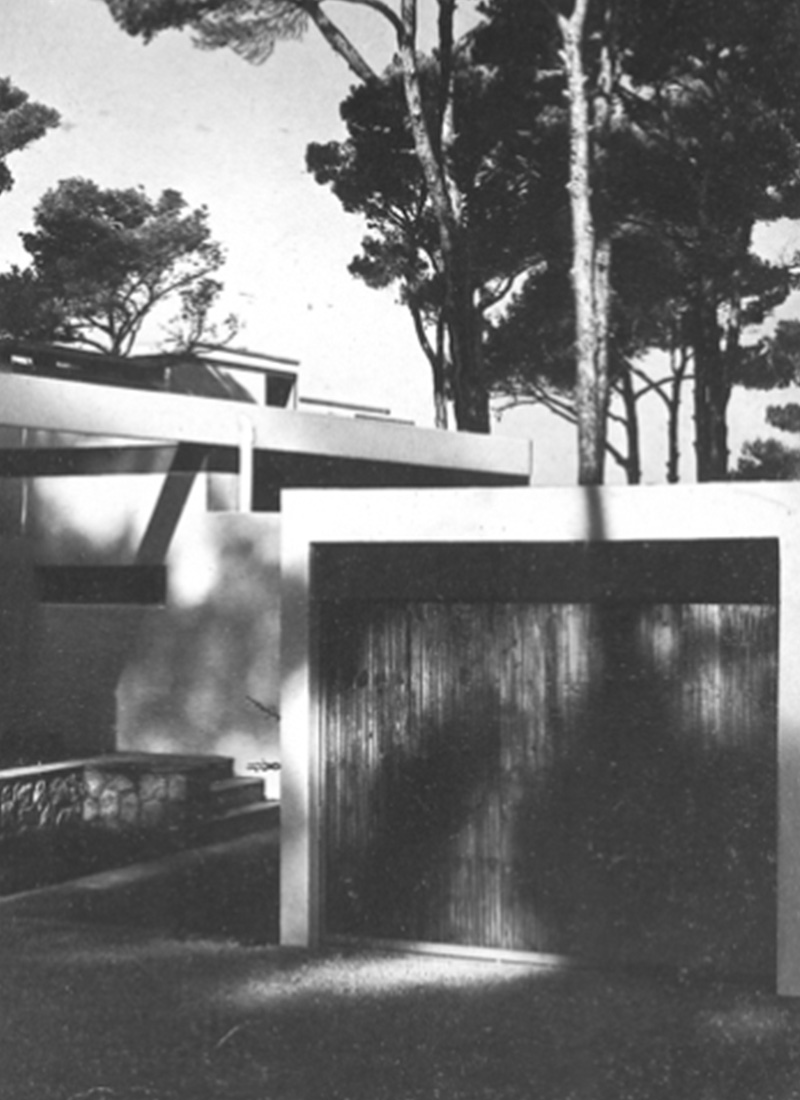Sainte-Anne


Still structured around the old village core, with its charming main square and church, it is a good place to live. The food shops on Avenue de Mazargues and the large market on Boulevard Michelet on Thursday mornings make this a family-friendly neighbourhood.
A rugby match at O’Brady’s pub is a must, as well as the Set Squash. Le Corbusier’s Cité Radieuse is the architectural landmark of the area, with a panoramic roof terrace that is not to be missed.


